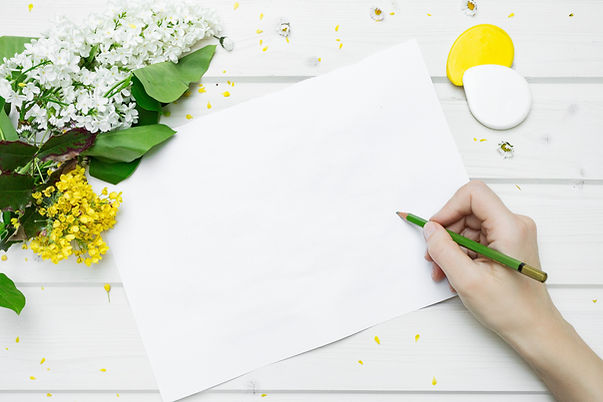Preparing the Soil
- dorsetcountrylife
- Mar 21, 2020
- 2 min read
As we move into the new year I am beginning to make preparations for the new growing season at the allotment.
My first job for the year was to have a bit of a tidy, clearing away the last of the winter veg that had come to the end of their life and hoeing any unwanted weeds before I prepared to feed my soil for the seasons ahead.
As I have decided to do “no dig” gardening, mulching is important. It involves covering the ground, spreading materials to improve soil and suppress weeds. In October the allotment society arranges pig manure to be delivered and I have spread a good layer on each bed, although it was not that well rotted, it has plenty of time to break down before the spring planting begins.

In November I enrolled my family in seaweed collecting at a local beach. We had had some storms and rough seas and great mounds of seaweed had been washed high up onto the beach. We took bags and gardening bins and filled them to the brim and then this too was spread over the allotment. Seaweed is a wonderful natural fertiliser bursting with over 70 minerals, vitamins and enzymes, so along with animal manure I’m hoping to build a good healthy soil.
So the next job in January was to empty the contents of my compost bins and spread that over, but not all of it was rotted down sufficiently . So with a fork I removed the top layer setting it aside and then removed the compost from the bottom that had once been my vegetable peelings and eggs shells and cardboard boxes. I returned the unrotten contents to the bin and placed the lid firmly on, amazed at how the waste that would have gone for refuse collection has become this useful material, mostly thanks to some very busy worms! Finally, I managed to get some well rotted organic horse manure delivered from The Dorset Compost Company, and it looks pretty amazing. So layer by layer I am building up the quality of my soil to give my plants the best chance. Mulching not only improves the soil with vitamins and minerals, it also helps to retain moisture and seaweed is particularly good for this.

So the beds are prepared, the layers are down waiting now for the warmer weather. If the weather doesn’t warm up enough in the spring I may roll a layer of black plastic over the beds, this will draw the heat into the soil enabling seeds to germinate quicker. The plastic can be removed and reused year after year.
So my next job is to start planning what I am going to grow and where on Lottie I am going to grow it! It will be trial and error, I will make mistakes but hopefully there will be successes too. I’m always keen to hear advice and tips on growing, if you have any to share?







Comments